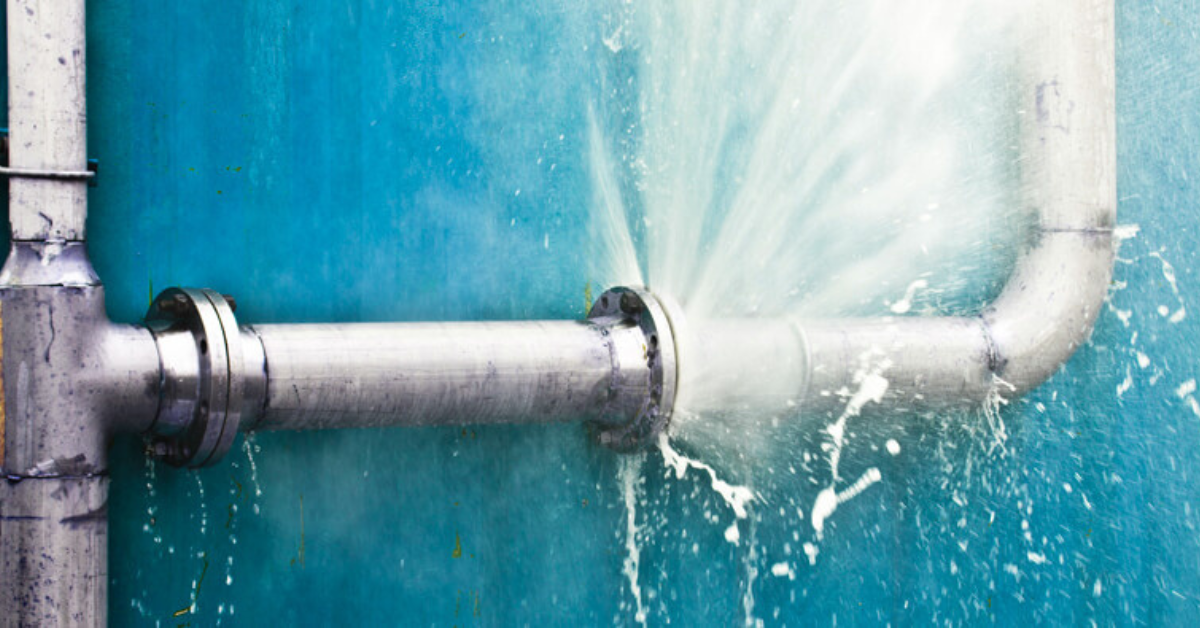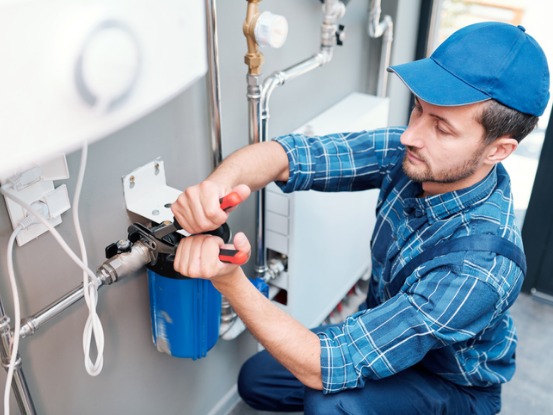Clear Guidelines for Fixing Low Water Pressure in Your Home
Clear Guidelines for Fixing Low Water Pressure in Your Home
Blog Article
Each person has got their private opinion when it comes to 4 Ways to Troubleshoot Low Water Pressure.

Low water stress in your home can be an irritating issue, impacting everything from showering to cleaning meals. If you're experiencing weak water flow, there are numerous feasible reasons and options to explore. In this overview, we'll talk about typical factors for low water pressure and useful steps to deal with the concern successfully.
Intro to Low Tide Stress
Low water pressure takes place when the circulation of water from your taps, showers, and various other components is weaker than usual. This can make everyday jobs more challenging and much less efficient. Recognizing the reasons for low water pressure is crucial to discovering the right option.
Typical Sources Of Low Water Stress
Faulty Pressure Regulators
Stress regulators are responsible for preserving constant water pressure in your home. If they malfunction, it can result in low tide pressure or uneven circulation throughout your home.
Local Water Supply Issues
In some cases, the problem lies outside your home. Community supply of water issues, such as main line leaks or upkeep job, can briefly lower water stress in your area.
Pipeline Obstructions
Over time, pipelines can become obstructed with natural resource, debris, or particles, restricting the circulation of water. This is a typical issue in older homes with galvanized steel pipes.
Rust
Corrosion within pipelines can cause leakages and lowered water pressure. Rust buildup can restrict water flow, specifically in aging plumbing systems.
How to Diagnose Low Tide Stress
Checking Pipelines
Examine noticeable pipelines for indications of leakages, deterioration, or obstructions. Take note of any uncommon noises, such as knocking or rattling pipelines, which might suggest problems within the plumbing system.
Consulting with a Plumber
If you're unable to pinpoint the reason for low tide pressure, think about hiring a professional plumber to perform an extensive evaluation. They can identify underlying issues and advise ideal options.
Checking Taps and Fixtures
Start by examining the water pressure at various faucets and components throughout your home. If the concern is separated to particular areas, it may suggest local issues.
DIY Solutions to Take Care Of Low Water Pressure
Flushing Hot Water Heater
Sediment build-up in the hot water heater can restrict circulation and decrease effectiveness. Flushing the container periodically assists remove sediment and maintain ideal efficiency.
Examining Pressure Regulatory Authority
Ensure that the pressure regulatory authority is working appropriately. Adjusting or replacing the regulator can help recover proper water pressure throughout your home.
Cleansing Aerators and Showerheads
Mineral deposits can accumulate in aerators and showerheads, reducing water circulation. Get rid of and cleanse these components on a regular basis to improve water pressure.
Clearing Clogs in Piping
For small obstructions, try making use of a plumbing serpent or chemical drainpipe cleaner to clear blockages in pipelines. Beware when making use of chemicals and follow safety guidelines.
When to Call a Professional Plumber
If do it yourself efforts fall short to settle the concern or if you suspect considerable plumbing troubles, it's finest to look for support from a qualified plumber. They have the competence and tools to address intricate issues safely and efficiently.
Preventive Measures to Maintain Water Stress
Installing a Pressure Booster
Think about mounting a stress booster pump to boost water pressure in areas with constantly low circulation. This can be especially useful for multi-story homes or properties with high-demand fixtures.
Monitoring Water Use
Bear in mind water usage practices and avoid ill-using the plumbing system. Simple modifications, such as shocking showers and laundry loads, can assist maintain sufficient water stress.
Regular Maintenance
Arrange routine upkeep for your plumbing system to prevent concerns such as corrosion, leaks, and clogs. Dealing with minor troubles early can assist stay clear of even more substantial repair work later on.
Final thought
Taking care of low water pressure can be discouraging, however identifying the underlying causes and carrying out ideal options can bring back optimal flow throughout your home. Whether it's cleansing aerators, inspecting pipelines, or talking to a plumber, taking proactive steps can ensure a consistent supply of water for your day-to-day needs.
FOUR WAYS TO FIX LOW WATER PRESSURE NOW
Turning on a shower or faucet only to find the water comes out in a sad, slow drizzle is never a good feeling. How exactly are you supposed to wash a pan or take a quick shower when it takes 10 minutes just to rinse off a little soap? The good news is that when your water pressure is bad, there's always a cause: typically one that can be easily fixed. Here are some of the most common causes of low pressure and what you can do to fix the issue:
DEBRIS AND MINERAL DEPOSIT BUILDUPS
If you notice low water pressure from just one or two of the fixtures in your house, the problem likely has to do with debris buildup. Water is full of minerals and other debris, all of which can accumulate in your pipes and on your fixtures. This can cause a blockage that affects how much water flows through. To fix this, try filling a small plastic bag with white vinegar, and use a rubber band to hang it around your showerhead or faucet. Let the head of the fixture soak for a few hours, and the vinegar should loosen the deposits.
WATER LEAKS
Leaks are another common cause of low water pressure. If water is flowing out of your plumbing through a hole or crack before it can reach your fixture, the pressure coming out of the faucet or showerhead will be lower. A plumbing professional is your best bet for finding and repairing a leak in your water supply pipes.
Leaks are another common cause of low water pressure. If water is flowing out of your plumbing through a hole or crack before it can reach your fixture, the pressure coming out of the faucet or showerhead will be lower. A plumbing professional is your best bet for finding and repairing a leak in your water supply pipes.
A VALVE ISSUE
If you have low water pressure throughout your home, check your main shut-off valve to make sure it's completely open. You may also want to see if there's a pressure-reducing valve installed. If there is, have a plumber help you adjust the settings to get the pressure you're looking for.
OTHERS USING WATER
Believe it or not, your low water pressure could be caused by your neighbors. If you notice low pressure at certain times of day, it may be because you and the people living next to you have similar schedules - when everyone is showering at the same time, the pressure will be lower in every home. Low pressure throughout the neighborhood may also be caused by an issue with your municipal water supply. If that's the case, call the supplier to see if they're working on the issue.
https://www.rotorooter.com/blog/water-leaking/low-water-pressure-fixes/

We were shown that editorial about 4 Ways to Troubleshoot Low Water Pressure from a buddy on our other web property. In case you enjoyed our blog posting if you please do not forget to pass it around. Kudos for your time. Kindly visit our website back soon.
Call Report this page